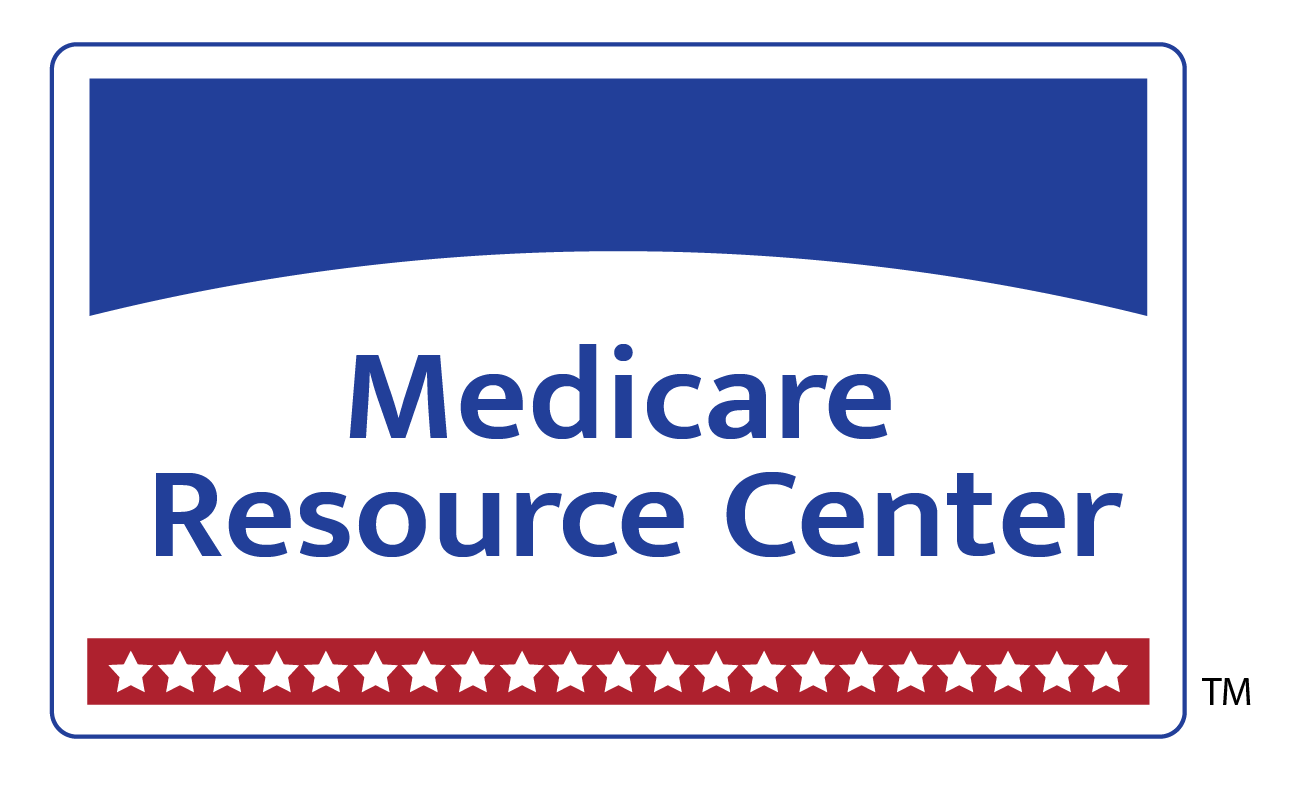HHS Adds 15 Drugs to Medicare Price Negotiation Program to Reduce Costs for Seniors
- Seth Clayton
- Jan 23
- 3 min read
Medicare has identified 15 additional prescription drugs for direct price negotiations with pharmaceutical companies, aiming to expand efforts to reduce the cost of essential medications for beneficiaries.

The U.S. Department of Health and Human Services (HHS), through the Centers for Medicare & Medicaid Services (CMS), announced this latest selection as part of the Inflation Reduction Act. Negotiations for these drugs will take place in 2025, with the new prices set to take effect in 2027. Between November 2023 and October 2024, approximately 5.3 million Medicare Part D beneficiaries used these drugs to manage conditions such as cancer, type 2 diabetes, and asthma. During that timeframe, these medications accounted for around $41 billion in total gross prescription drug costs under Medicare Part D, representing roughly 14% of total spending. Combined with the 10 drugs selected during the program’s initial phase, this accounts for over one-third of gross prescription drug spending under Medicare Part D.
“Last year demonstrated the success of negotiating lower drug prices,” said HHS Secretary Xavier Becerra. “With this latest round of negotiations, we are taking another critical step to ensure seniors can afford life-saving medications. The Inflation Reduction Act continues to make a tangible difference by lowering costs for Medicare beneficiaries while preserving access to innovative treatments.”
CMS Administrator Chiquita Brooks-LaSure added, “This Administration is making history again by selecting another set of high-cost drugs for price negotiation. Our goal is to improve access and affordability for seniors while saving billions of dollars for Americans. The Inflation Reduction Act is strengthening Medicare for current and future generations.”
List of Selected Drugs for the Second Negotiation Cycle:
Ozempic; Rybelsus; Wegovy
Trelegy Ellipta
Xtandi
Pomalyst
Ibrance
Ofev
Linzess
Calquence
Austedo; Austedo XR
Breo Ellipta
Tradjenta
Xifaxan
Vraylar
Janumet; Janumet XR
Otezla
Under the program's guidelines, manufacturers of these drugs have until February 28, 2025, to decide whether to participate in negotiations. CMS will evaluate factors such as the drug’s clinical benefits, its role in addressing unmet medical needs, and its impact on populations reliant on Medicare. Considerations will also include the costs associated with research, development, production, and distribution.
Progress Made in the First Negotiation Cycle
The Inflation Reduction Act allows Medicare to negotiate the prices of certain high-cost drugs to improve affordability. During the program’s first cycle, Medicare successfully negotiated reduced prices for 10 drugs, effective January 1, 2026. If those prices had been implemented in 2023, it would have saved an estimated $6 billion in net drug costs—a 22% reduction—across those medications. These new prices represent discounts ranging from 38% to 79% off the original list prices.
Medicare Part D enrollees are projected to save an estimated $1.5 billion in out-of-pocket costs in 2026 due to these negotiations.
Future Expansion of the Program
CMS plans to add up to 15 drugs to the negotiation program for the third cycle, including drugs covered under Medicare Parts B and D. Starting in subsequent cycles, up to 20 additional drugs will be selected each year for price negotiation as stipulated by the Inflation Reduction Act.
Additional Benefits for Medicare Enrollees
This week, the Office of the Assistant Secretary for Planning and Evaluation (ASPE) released new data projecting the impact of a $2,000 annual out-of-pocket cap for Medicare Part D enrollees, set to take effect in 2025. Approximately 11 million beneficiaries are expected to benefit from this cap, saving a combined $7.2 billion—or an average of $600 per enrollee. Those without financial assistance for prescription drug costs are anticipated to save even more, averaging $1,100 in savings per enrollee in 2025.
Learn More
View a CMS fact sheet on the selected drugs: CMS Fact Sheet
Review ASPE’s analysis of the $2,000 cap: ASPE Report
Additional details on the Medicare Drug Price Negotiation Program: CMS Drug Negotiation Program
For further information about the Inflation Reduction Act, visit LowerDrugCosts.gov or its Spanish counterpart, MedicamentosBajoPrecio.gov.

Comments